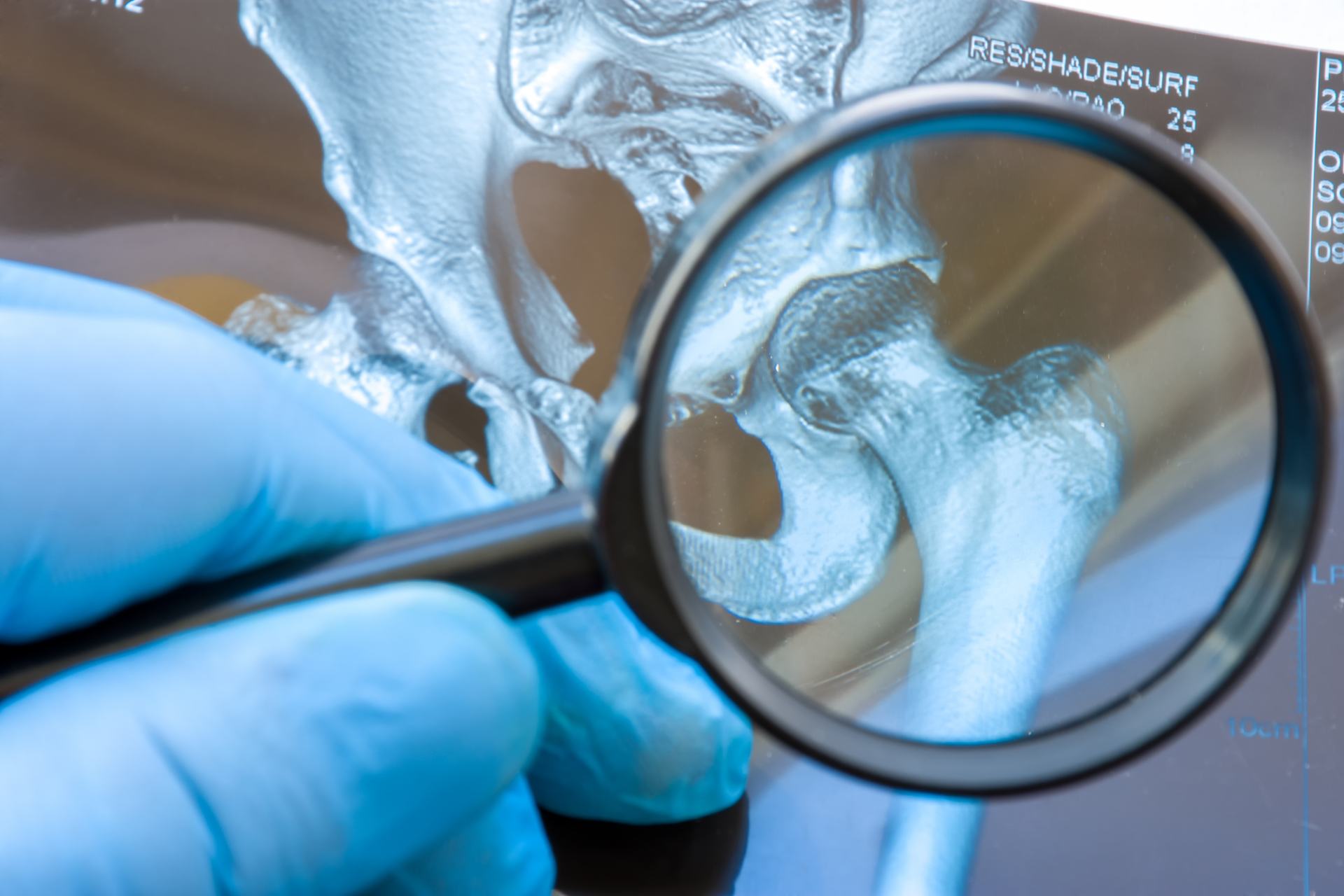World Arthritis Day: understanding rheumatoid arthritis from the inside to build more effective therapies

Every year, on October 12th, World Arthritis Day draws attention to one of the most widespread chronic diseases in the world: rheumatoid arthritis. Behind joint pain, stiffness, and progressive loss of mobility lies a complex autoimmune disorder, in which the immune system attacks the tissues meant to protect the joints. Understanding the cellular and molecular mechanisms that drive this reaction is the key to changing the course of the disease.
Understanding drug response variability: a European and multidisciplinary challenge
One of the most pressing issues in managing rheumatoid arthritis is the variability in treatment response. Not all patients benefit from the same biological therapies, and a significant proportion respond inadequately to any of the currently available options.
To address this complexity, the Translational Rheumatology research group led by Prof. Pitzalis and Prof. Gremese, is actively engaged — as leader or partner — in major European consortia such as MDR-RA, SQUEEZE, and 3TR, which bring together the top European clinical centers, molecular biology labs, bioinformaticians, and immunologists. The shared goal is to decipher, at every stage of the disease, the factors that determine drug response/non-response and to develop tools capable of tailoring the most appropriate therapy to individual patients from the very beginning.
Research spans the entire therapeutic pathway: from early stages, where scientists study the initial signals that may predict treatment response, to later stages, where the cellular and molecular mechanisms underlying resistance are investigated. This continuous and cross-cutting approach allows for an increasingly comprehensive understanding of the disease and the progressive personalization of therapeutic strategies.
“Our research group leads international projects aimed precisely at bridging laboratory science with clinical applications”, explains Costantino Pitzalis. “Only by integrating clinical and biological information can we truly understand and manage in patients with rheumatoid arthritis. This integrated approach will allow us to translate scientific knowledge into concrete, personalized therapeutic decisions”.
From the synovium to the laboratory: the heart of rheumatology research
In recent years, rheumatology research has taken a decisive conceptual leap: looking inside the joint. The synovium – the thin tissue lining the joint surfaces – is no longer seen merely as a target of inflammation but as a privileged window into how the disease is activated and perpetuated.
Thanks to cutting-edge technologies and collaborations with Humanitas research laboratories — particularly with the histopathology, imaging, transcriptomics and metabolomics research groups — it is now possible to identify within synovial tissue specific cell populations and molecular pathways that distinguish different forms of rheumatoid arthritis and, most importantly, explain why patients respond differently to available treatments.
“Every inflamed joint tells a unique story” says Elisa Gremese, “and we are learning to read that story directly from the diseased tissue — to understand which immune mechanisms drive it and how we can intervene in a targeted way”.
The value of patients in research
No scientific discovery is possible without the active participation of patients, who are at the heart of every research project. Those living with rheumatoid arthritis contribute not only as recipients of new therapies but also as active participants in the scientific journey: they take part in clinical studies, share data and biological samples, collaborate with researchers, and offer a unique perspective on living with the disease.
On the occasion of World Arthritis Day, recognition goes to them — to those who face the disease every day with resilience and awareness, and who, through their contribution, help research take steps toward more effective therapies and a better quality of life for all people living with rheumatic diseases.